blog
Interview with photographer Atefeh Farajolahzadeh
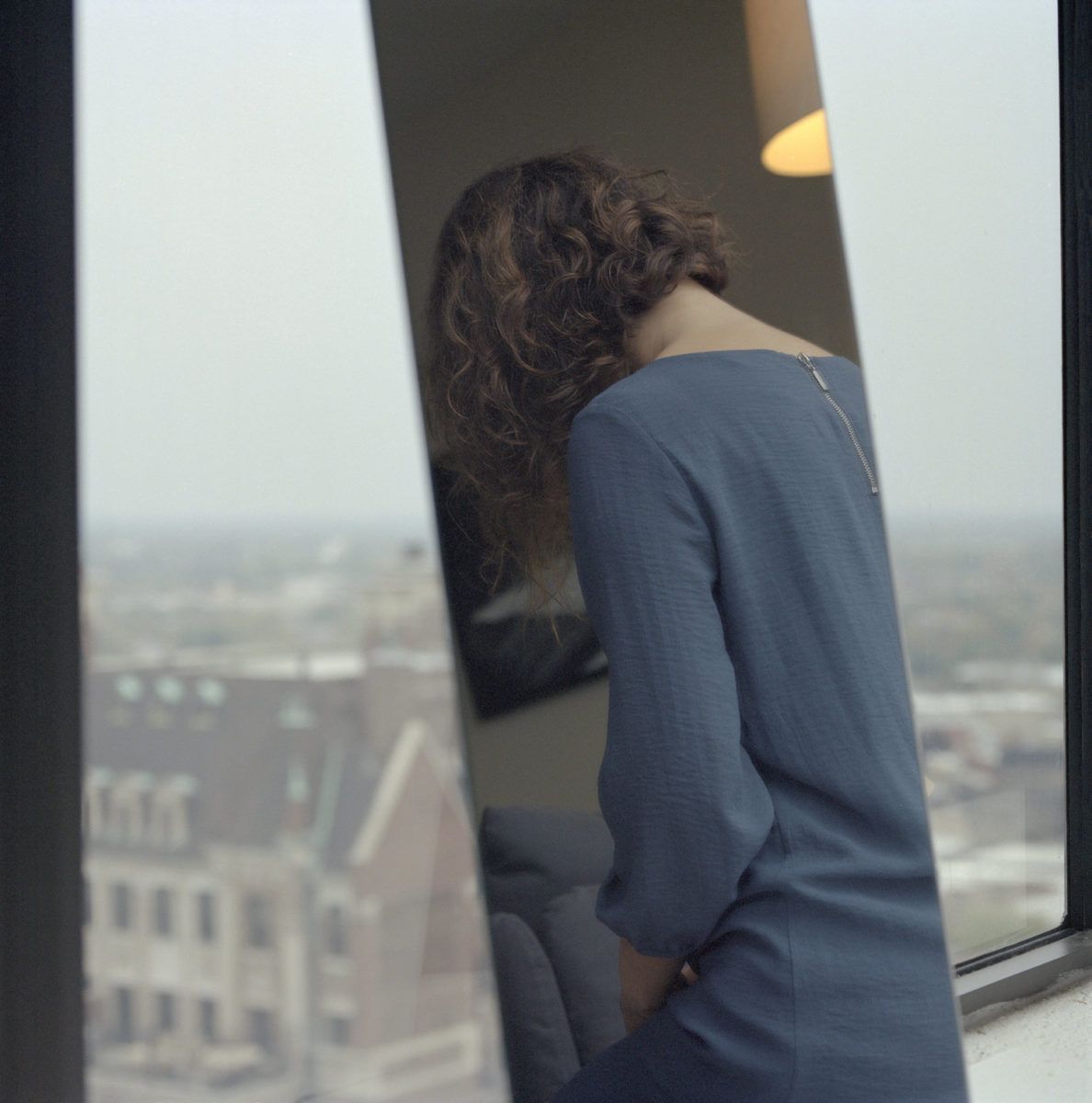
© Atefeh Farajolahzadeh
Atefeh Farajolahzadeh is one of our featured artists in the Portfolio Issue 2020 #104. The work from her project, Still Moving, stems from “a performance that is a result of hours and hours of walking through both urban and natural landscapes, visually exploring ideas of being and not being, belonging and not belonging. It is where the present and the past, reality and dream, consciousness and unconsciousness become interwoven. The resulting photographs translate and transform the landscapes of my imagination based upon deeply personal experiences, to meld these internal sensations through the way photography records movements, colors, and lights.
Drawing upon my background in literature and my interest in narrating a story, I’ve created a character – a persona that obliquely represents me – who provides brief pivotal points of focus that grounds the work in reality amidst the intangible and the unknowable.” (From Farajolahzadeh’s Still Moving Artist Statement)
Cary Benbow (CB): What kind of background do you have in literature? Why/how does this inform your photographic practice?
Atefeh Farajolahzadeh (AF): My interest in literature is perhaps rooted in my family’s passion for Persian literature and poetry. When I was a teenager, my sister introduced me to a writing community that young and talented writers met weekly to share their writings with each other. Later, while I was very young, I published a story in Golestaneh, one of the most prestigious literary magazines in Iran. Even though I studied visual art, and my focus is currently on this field, writing has never been separated from my practice. I employ text frequently in my video work, and writing gives me a creative space to bridge between still images and moving images.
CB: How do you describe your photography to someone who’s not familiar with it?
AF: If I explain in one sentence, I’d say it’s the expression of the experience of being elsewhere. And to clarify where the elsewhere is, I should say it can be a physical space or an inner space.
CB: Can you please explain the idea behind your images submitted to this issue? How do they relate to your other projects, or how are they significantly different?
AF: The images I submitted for this issue are a part of a photography and video series titled Still Moving, which is driven by personal experiences as an immigrant. Moving to the US and leaving my country of origin created another state of being for me, the state of floating between two different places and, simultaneously, being neither here nor there. This new experience of longing and suspension drove me to wander in the city, countryside, and nature in search of a certain space in which to be grounded.
While drifting in a metropolitan area like Chicago or even nature, I kept asking myself, is photography capable of creating a psychological space that mirrors the state of mind and emotions? And how can my surroundings become transformed into a photograph that does not signify anywhere specific? I believe this project is evolved based on these two questions or idiosyncrasy.
About your second question, the significant difference between this project and my other works is that this time I tried a new form. For this project, my focus was on creating a visual language that could communicate in an abstract and non-referential way.
CB: In your opinion, what makes a good photograph?
AF: It’s a tough question. My answer might be a little bit general, but I feel everything that triggers my curiosity and lingers me to look at it longer. It can be either a soothing photograph or a disturbing one, a documentation of an event, or a fictional representation of that. It should be able to communicate sympathetically, educationally, intellectually, or aesthetically.
CB: Who are your photography inspirations, and how do they influence you?
AF: Among many inspiring photographers, Harry Callahan is perhaps the most. He photographed people, buildings, and nature, three different themes that all look equalized at the end. They are a true reflection of the way he saw the world: an expressive and poetic connection between human, natural and man-made environments.
I should also mention some filmmakers such as Chantal Akerman and Stan Brakhage, who I’ve been influenced by.
CB: Who are the people that appear in your photographs?
AF: For both Still Moving and my previous project, I worked with my Iranian friends in the US who had faced some similar immigration experiences like myself. I mostly shot inside their homes and private spaces. Sometimes we wandered together in search of a landscape that could visually be a good fit in my project. While shooting, I was conscious that the people in the photographs are indeed my friends, but the camera has the power to make anyone uncomfortable. So, it’s always been important to me that they feel comfortable and express themselves through the gaze and posture.
CB: Do you see your work as a way of documenting your experience versus commenting on them?
AF: Absolutely. I don’t think my work is commenting on or criticizing something. It’s the documentation of my inner vision in an expressive way. When we talk about a documentary work, we expect it “carries a trace of its referent”- something evidential that provides data about what exists in front of the camera. I think my work meets this definition yet in a different way. I see it as the documentation of something that is not tangible but can manifest itself, and the camera has this potential to reveal it by color, light, and movement.
CB: Is your work born from your personal experiences, or from a broader perspective?
AF: I think the work is not about personal experiences, but it is driven by personal experiences, at least in my still images. Let’s be honest: I don’t think anyone looks at my photographs and immediately points out it’s a work about the immigrant experience. I’ve always asked myself how the viewers can read these photographs with this little context provided. I believe that some impulses determine what to see in the world and how to see the world. And I think these impulses are not somewhere apart from ourselves, they emerge from our everyday experiences. These photographs are the translation of those impulses, and their language is simple to interact with the viewers and remind them of a feeling they might have experienced as well.
CB: There are elements of nature, wildlife, landscape, man’s interaction with nature in your work – why do you depict these elements in the way you do?
AF: This approach comes from my interest in sequencing and editing different kinds of footage from disparate sources to bring diverse parts together and form a whole. Also, the deeper reason is that all these elements are so familiar to us and exist everywhere around the world. I was interested in using these elements to transform them visually or conceptually into something unfamiliar or least familiar. As you know, a picture of a red tree is yet a picture of a tree whose leaves turned red. But if we juxtapose it with another object, it communicates differently. The red tree is no longer only a tree; It carries another meaning as well. I approached humans, nature, and man-made environments with this notion. My point was to create a place that includes all these familiar elements and simultaneously creates detachment.
CB: Do you keep a journal? Do you keep notes or write about your ideas behind the work?
AF: Keeping my diary is a huge part of my practice, and I even used some parts of it in the text for my video works. Anytime I get back to reread what I wrote in the last weeks or months, I face a series of thoughts that are heavily charged with emotions and intellectually discussed. Most of these materials remain private but, at the same time, make me creative to manipulate them in a way to be sharable with others.
I also record my voice while driving alone on county roads. It’s an inspiring and sometimes silly way to collect a stream of spontaneous thoughts, which might spark new ideas.
CB: Does the political environment of 2020, or the pandemic influence your current practice? What has your experience as an Iranian in America been like as a visual artist?
AF: Fortunately, the ritual of everyday walking in nature has not been yet disrupted by the pandemic, and even this meditative and calming activity helps me to deal with this turbulent time. The negative effect of the pandemic on my work is that it’s been hard to communicate with new people. I often get inspiration and content for my writing through random and everyday interactions with people I meet, but currently, it’s not feasible.
I also want to add that what the coronavirus has brought us is kind of similar to what the immigration bureaucracy does. Social distancing is not a new concept for many immigrants and refugees; They get stuck there for many months and years. I, myself, could not see my family for five years because of the travel ban.
To answer your second question, it might be required to work here longer than the time I’ve spent here as a visual artist. But based on these few years of observation, I admire the tendency that people desire to see one’s unique story and perspective through her/his art, which encourages embracing individualism and personal style.
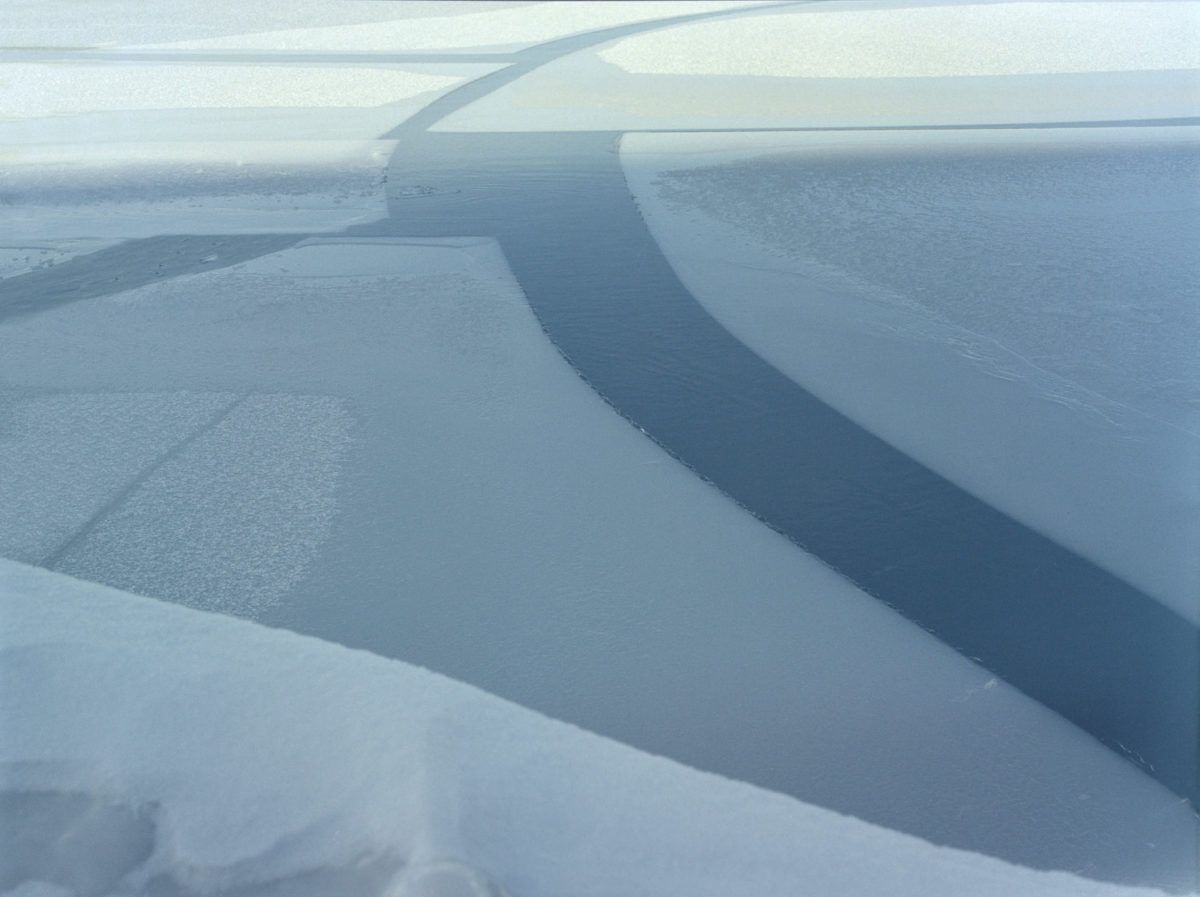
Treads © Atefeh Farajolahzadeh
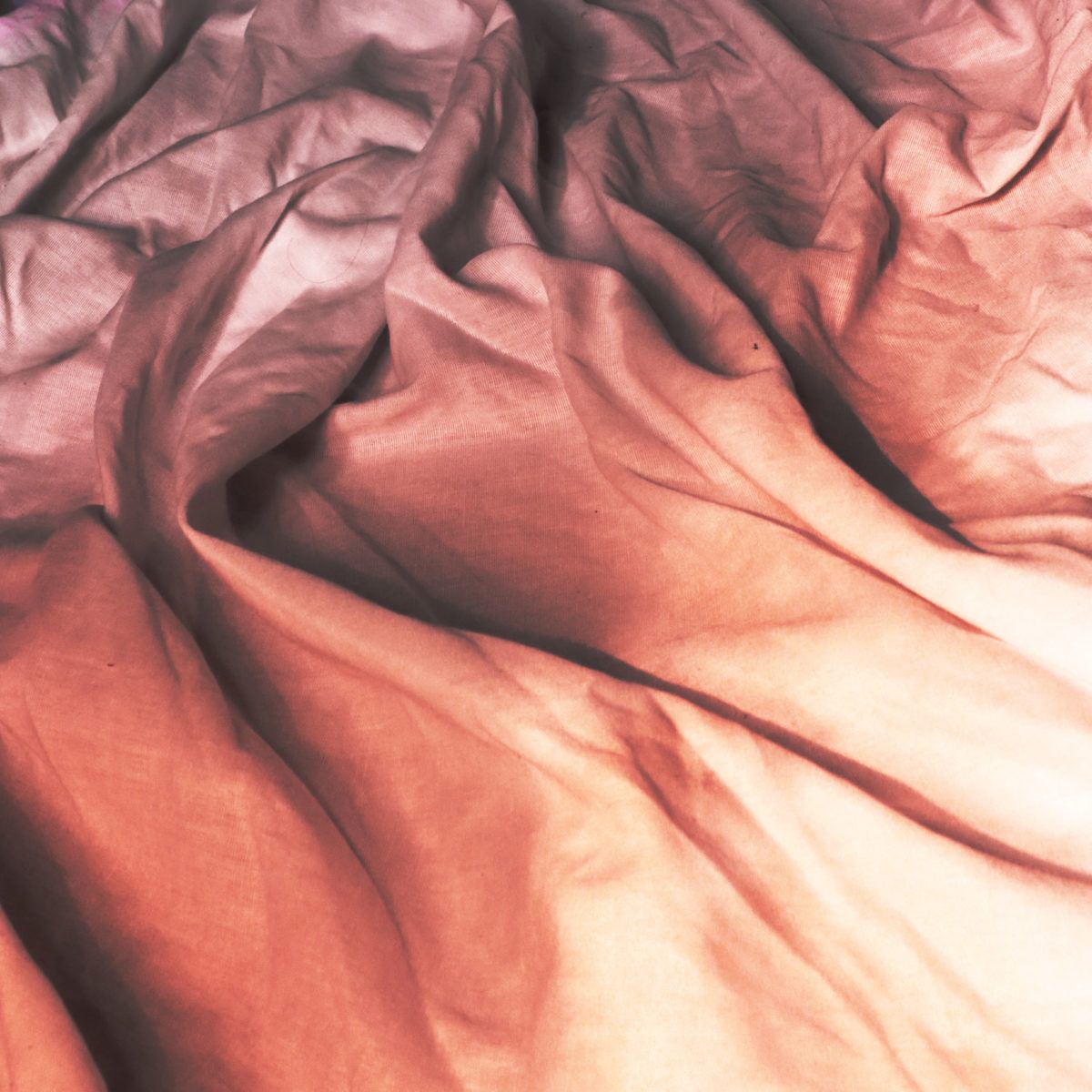
© Atefeh Farajolahzadeh
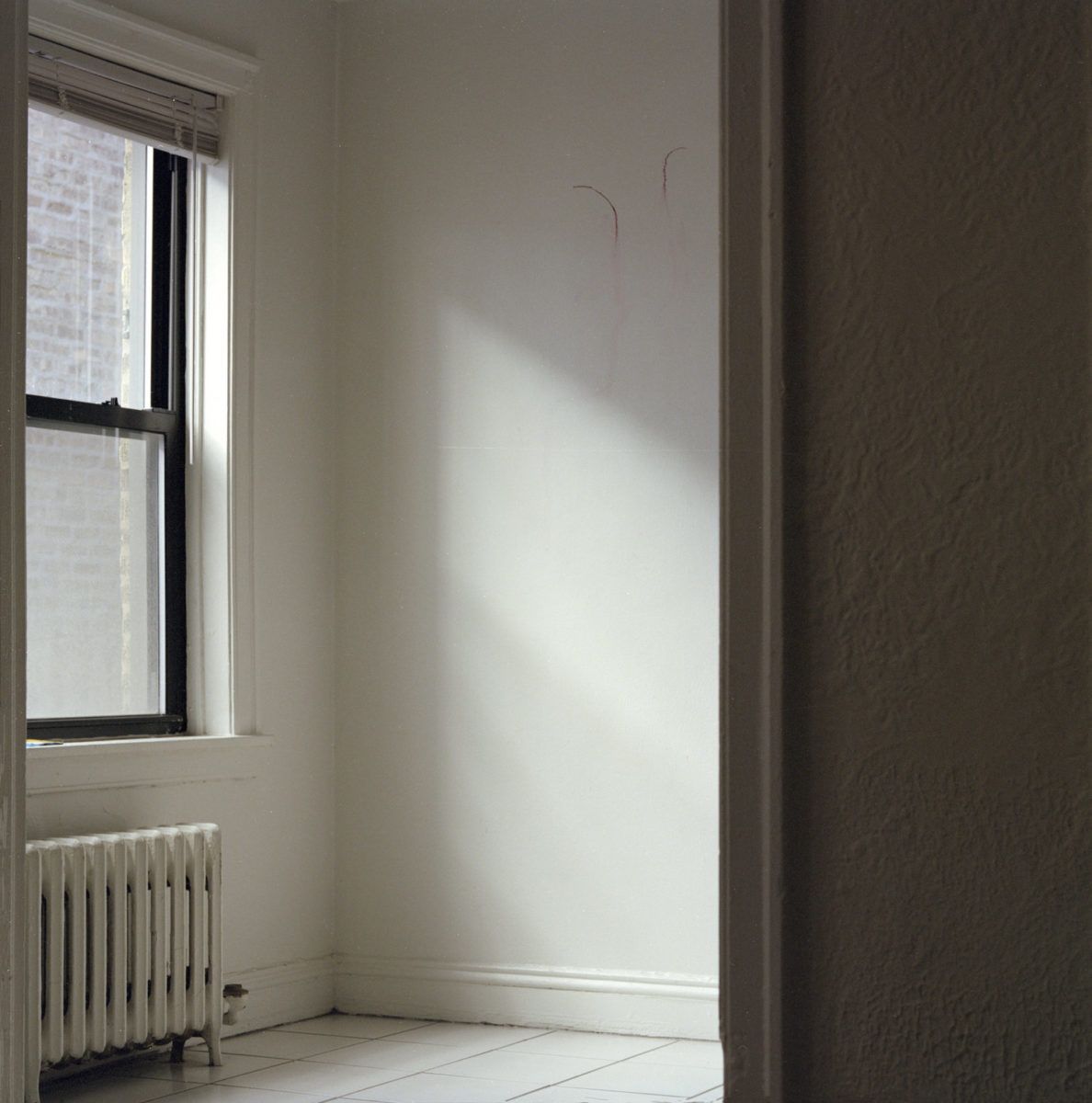
© Atefeh Farajolahzadeh
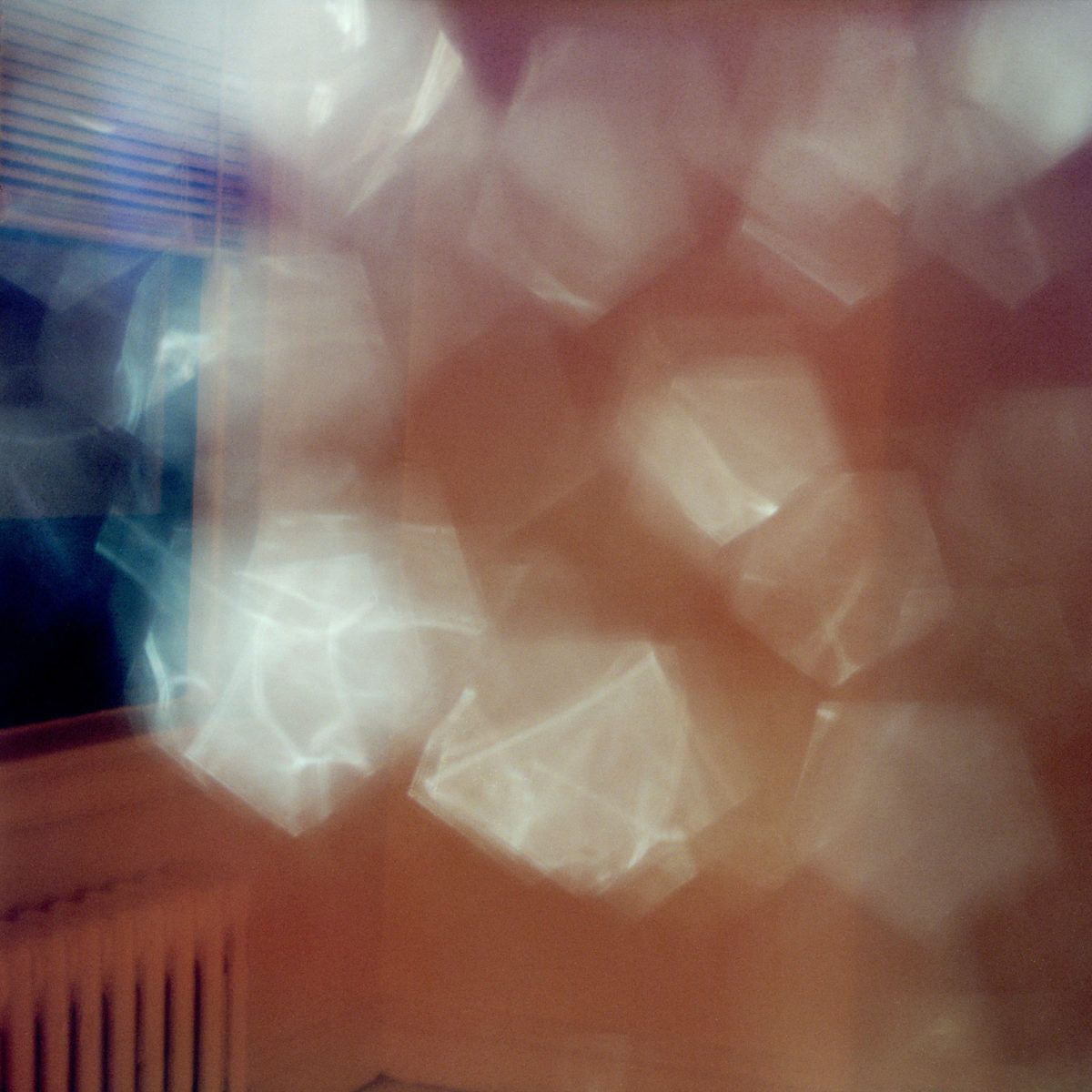
© Atefeh Farajolahzadeh

© Atefeh Farajolahzadeh
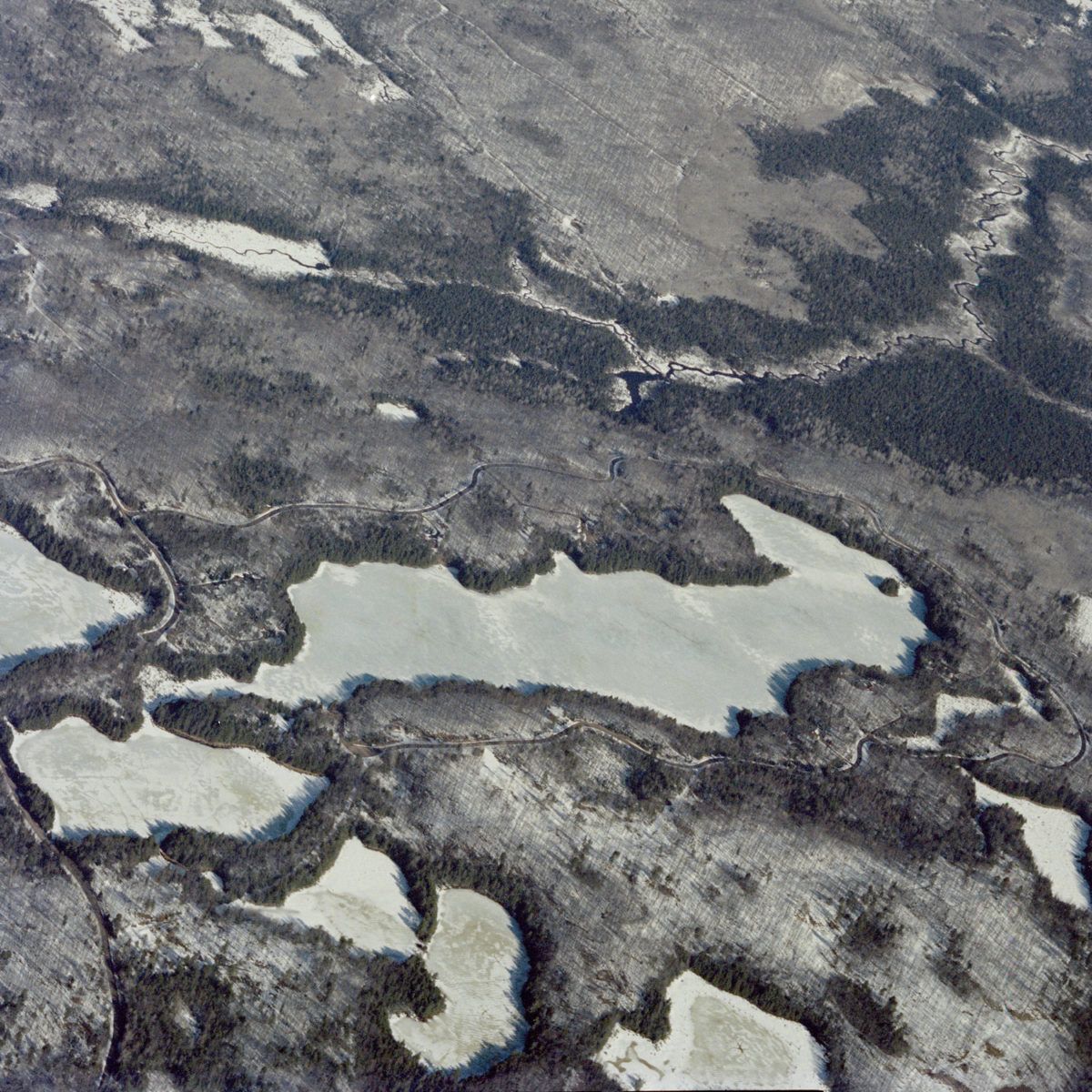
© Atefeh Farajolahzadeh
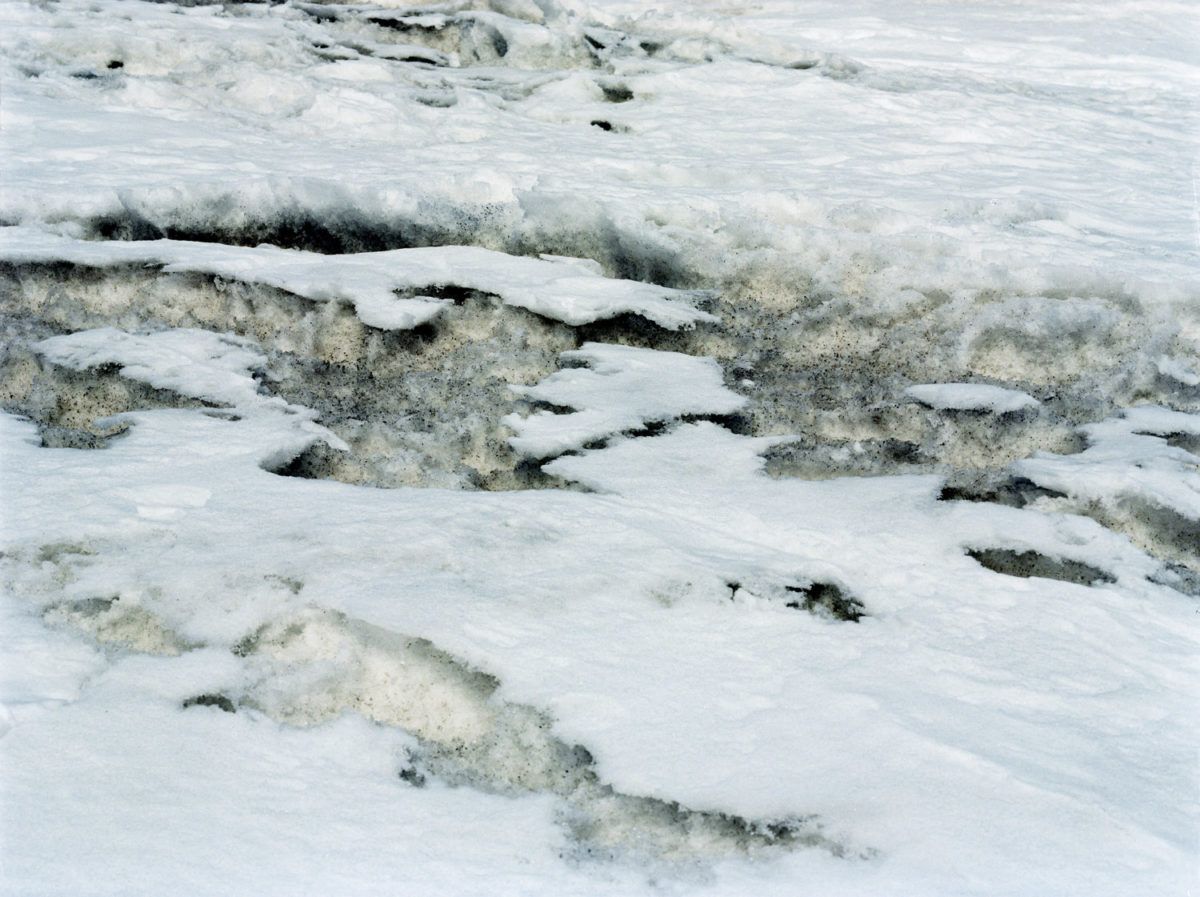
© Atefeh Farajolahzadeh
Atefeh Farajolahzadeh is an Iranian immigrant visual artist who employs the media of photography, video, and writing in her practice. Her current project is to explore the idea of being elsewhere and the psychology of being in-between (the place of origin and her new place). Her work oscillates between abstraction and representation, fiction, and non-fiction.
Farajolahzadeh received her MFA in photography from Columbia College Chicago. Her work has been selected for Ground Floor 2020, Hyde Park Art Center’s biennial exhibition, Chicago; Filter Photo, Chicago; Ohio University art gallery; CICA Museum, South Korea; among others.
Location: Online Type: Featured Photographer, Interview
Events by Location
Post Categories
Tags
- Abstract
- Alternative process
- Architecture
- Artist Talk
- artistic residency
- Biennial
- Black and White
- Book Fair
- Car culture
- Charity
- Childhood
- Children
- Cities
- Collaboration
- Community
- Cyanotype
- Documentary
- Environment
- Event
- Exhibition
- Faith
- Family
- Fashion
- Festival
- Film Review
- Food
- Friendship
- FStop20th
- Gender
- Gun Culture
- Habitat
- Hom
- home
- journal
- Landscapes
- Lecture
- Love
- Masculinity
- Mental Health
- Migration
- Museums
- Music
- Nature
- Night
- nuclear
- p
- photographic residency
- Photomontage
- Plants
- Podcast
- Portraits
- Prairies
- Religion
- River
- Still Life
- Street Photography
- Tourism
- UFO
- Water
- Zine

Leave a Reply